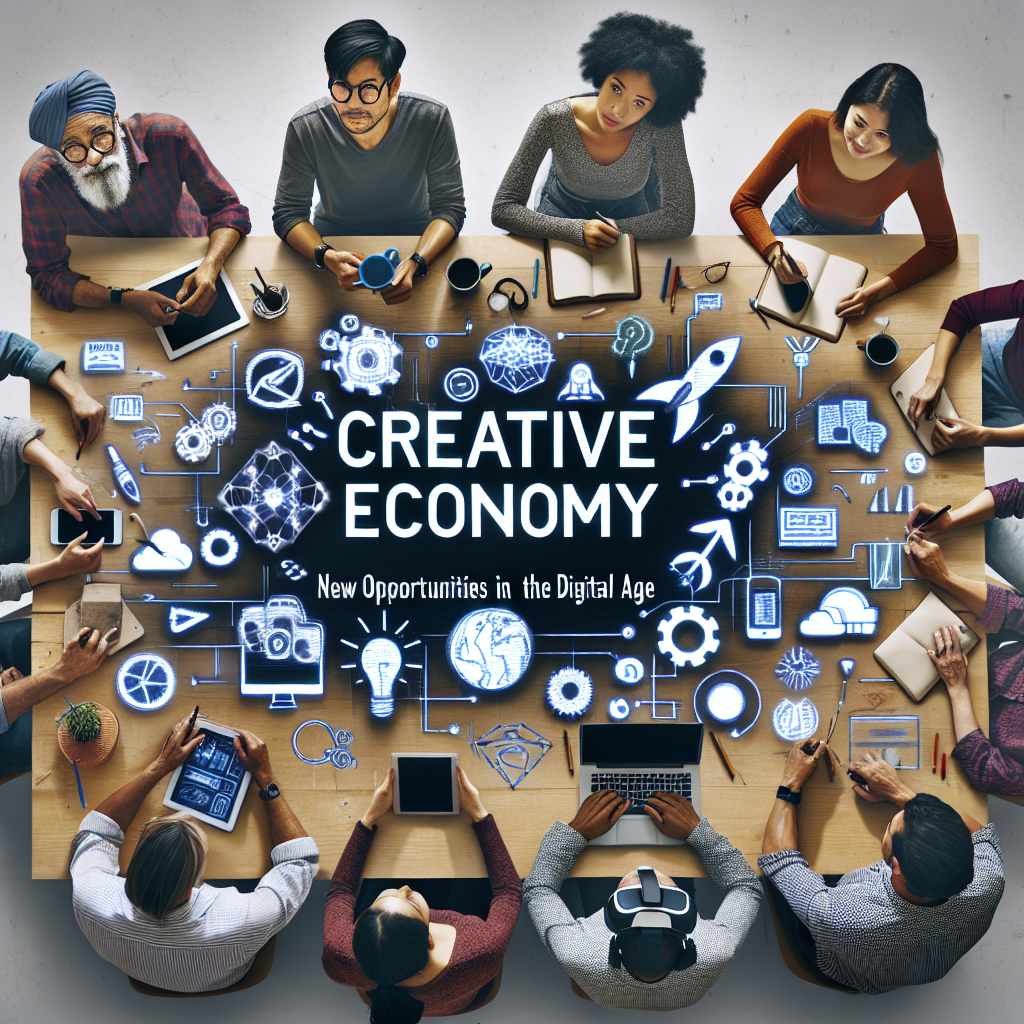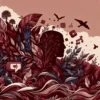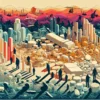Ekonomi Kreatif: Peluang Baru di Era Digital – Menggabungkan kreativitas dan teknologi untuk menciptakan pertumbuhan ekonomi yang inovatif dan berkelanjutan.
Ekonomi Kreatif: Peluang Baru di Era Digital
-
Table of Contents
Introduction

The digital era has brought about significant changes in various aspects of our lives, including the economy. In Indonesia, the creative economy has emerged as a new opportunity for growth and development. This article will explore the concept of the creative economy, its potential in the digital era, and the various sectors that contribute to its growth in Indonesia.
The Concept of the Creative Economy
The creative economy refers to the economic activities that are based on creativity, knowledge, and intellectual property. It encompasses a wide range of sectors, including arts and culture, media and entertainment, design, fashion, architecture, advertising, and more. The creative economy is driven by innovation, and it has the potential to generate economic growth, create jobs, and enhance social inclusion.
The Growth of the Creative Economy in Indonesia
Indonesia has recognized the potential of the creative economy and has taken steps to promote its growth. In 2009, the Indonesian government launched the Master Plan for the Acceleration and Expansion of Indonesia’s Economic Development (MP3EI), which identified the creative economy as one of the key sectors for development. Since then, the creative economy has been given increasing attention and support from the government.
The Role of Digital Technology
The digital era has played a crucial role in the growth of the creative economy in Indonesia. Digital technology has enabled the creation, distribution, and consumption of creative products and services in new and innovative ways. It has provided opportunities for artists, designers, and entrepreneurs to reach a wider audience and monetize their creations. The internet and social media platforms have become powerful tools for marketing and promoting creative products and services.
Sectors of the Creative Economy in Indonesia
Arts and Culture
The arts and culture sector is a significant part of the creative economy in Indonesia. It includes various forms of artistic expression, such as visual arts, performing arts, literature, and traditional crafts. Indonesian artists and cultural practitioners have gained international recognition for their talent and creativity. The government has been actively supporting the arts and culture sector through funding, infrastructure development, and cultural preservation initiatives.
Media and Entertainment
The media and entertainment sector has also experienced significant growth in Indonesia’s creative economy. The rise of digital platforms has led to the emergence of new media outlets, such as online news portals, streaming services, and social media influencers. Indonesian films, music, and television shows have gained popularity both domestically and internationally. The government has implemented policies to support the development of the media and entertainment industry, including tax incentives and the establishment of creative hubs.
Design and Fashion
Design and fashion are thriving sectors in Indonesia’s creative economy. Indonesian designers have gained recognition for their unique and innovative designs, blending traditional elements with modern aesthetics. The fashion industry has seen the rise of local brands and designers, who have successfully showcased their collections at international fashion events. The government has supported the design and fashion sector through initiatives such as fashion weeks, design competitions, and the establishment of design centers.
Advertising and Marketing
The advertising and marketing sector plays a crucial role in promoting and supporting the creative economy in Indonesia. With the growth of digital platforms, advertising has become more targeted and personalized. Indonesian advertising agencies have embraced digital technology to create engaging and interactive campaigns. The government has implemented regulations to ensure ethical advertising practices and protect consumers’ rights.
Challenges and Opportunities
While the creative economy in Indonesia has shown significant growth and potential, it also faces several challenges. One of the main challenges is the lack of infrastructure and resources to support the growth of creative industries. Access to funding, training, and technology remains a barrier for many creative entrepreneurs. Additionally, intellectual property rights protection and piracy issues need to be addressed to encourage innovation and creativity.
However, there are also numerous opportunities for the creative economy in Indonesia. The country’s rich cultural heritage and diverse talent pool provide a strong foundation for creative industries to thrive. The growing middle class and increasing consumer spending power create a demand for creative products and services. The government’s commitment to supporting the creative economy through policies and initiatives also presents opportunities for growth and development.
Conclusion
The creative economy in Indonesia has emerged as a new opportunity for growth and development in the digital era. The government’s recognition of the sector’s potential and its support through policies and initiatives have contributed to its growth. The digital technology has played a crucial role in enabling the creation, distribution, and consumption of creative products and services. The arts and culture, media and entertainment, design and fashion, and advertising and marketing sectors are key contributors to the creative economy in Indonesia. While challenges exist, the country’s rich cultural heritage, diverse talent pool, and growing consumer demand present numerous opportunities for the creative economy to thrive.







